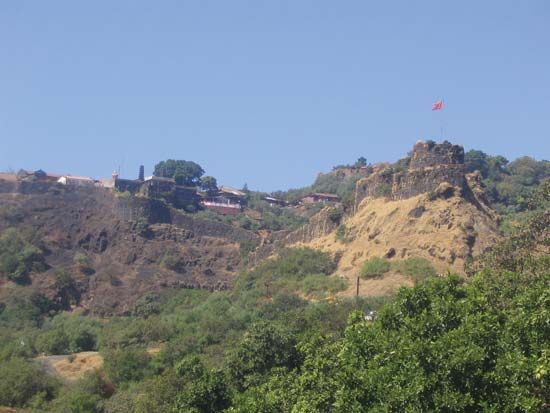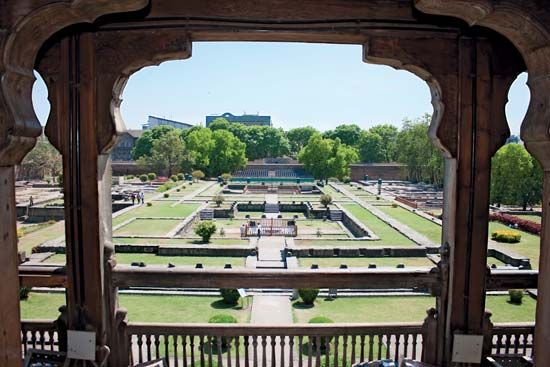Maratha confederacy
Our editors will review what you’ve submitted and determine whether to revise the article.
- Date:
- c. 1707 - c. 1818
- Related People:
- Baji Rao I
Maratha confederacy, alliance formed in the 18th century after Mughal pressure forced the collapse of Shivaji’s kingdom of Maharashtra in western India. After the Mughal emperor Aurangzeb’s death (1707), Maratha power revived under Shivaji’s grandson Shahu. He confided power to the Brahman Bhat family, who became hereditary peshwas (chief ministers). He also decided to expand northward with armies under the peshwas’ control. In Shahu’s later years the power of the peshwas increased. After his death (1749) they became the effective rulers. The leading Maratha families—Sindhia, Holkar, Bhonsle, and Gaekwar—extended their conquests in northern and central India and became more independent and difficult to control.
The effective control of the peshwas ended with the great defeat of Panipat (1761) at the hands of the Afghans and the death of the young peshwa Madhav Rao I in 1772. Thereafter the Maratha state was a confederacy of five chiefs under the nominal leadership of the peshwa at Poona (now Pune) in western India. Though they united on occasion, as against the British (1775–82), more often they quarreled. After he was defeated by the Holkar dynasty in 1802, the peshwa Baji Rao II sought protection from the British, whose intervention destroyed the confederacy by 1818. The confederacy expressed a general Maratha nationalist sentiment but was divided bitterly by the jealousies of its chiefs.











